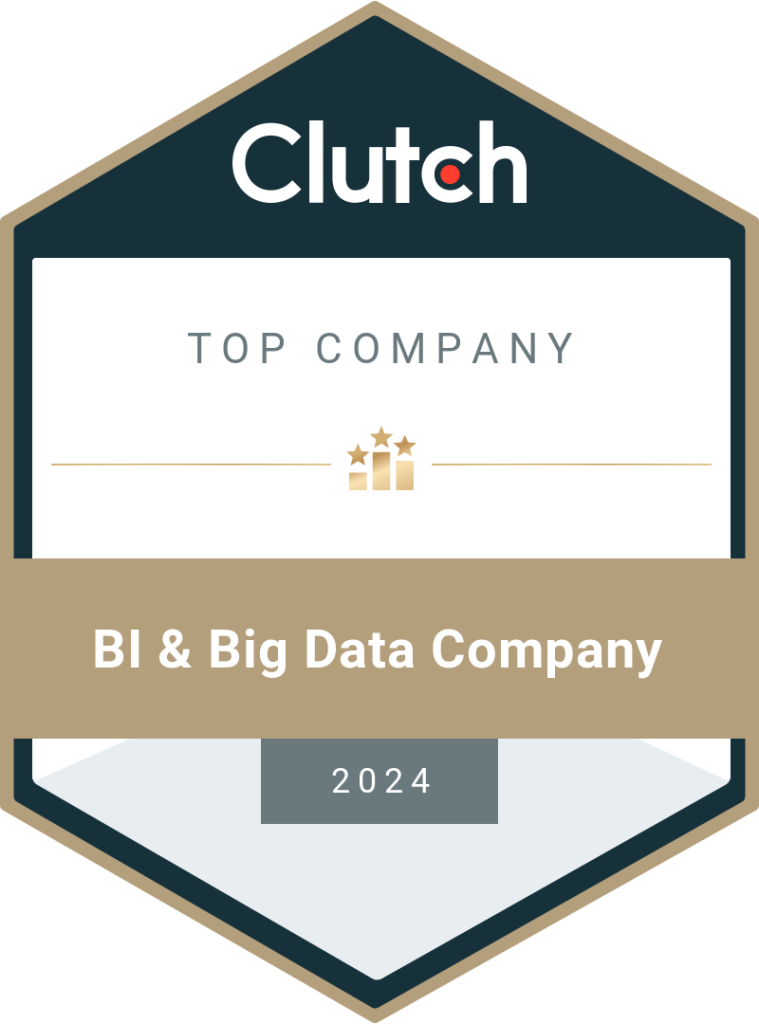How to Create Financial Analytics Dashboards for Banks and Accounting Services
A financial dashboard gives banks complete control over their daily operations. The dashboard provides real-time reports about the performance of the establishment against the specified KPIs. Let’s see how the dashboard is created and why it plays a prominent role in the financial industry. Banks and financial institutions face heavy customer traffic and are under immense pressure to deliver the best to each customer. Managing a multitude of transactions for deposits, withdrawals, loans, repayments, insurance, mutual funds, bonds, etc., gets stressful for the employees. The advancement in technology has made it easier to manage the huge volume of transactions in less time without compromising the quality of services. One of the latest tools adopted by the accounting industry is the financial analytics dashboard. The dashboard is built using business intelligence tools like Power BI. It provides valuable data to employees and empowers them to make decisions faster. The necessary information is presented in attractive and simplified reports. Banking professionals only need to use the dashboard to access any report in real-time. It takes just a few clicks to get a clearer picture of the issue. Creating the financial dashboard is the job of experts. Even though financial institutions have in-house IT departments, most of them hire the services of business intelligence consulting companies. The experts set up the dashboard, integrate it with the existing business systems, and streamline data flow. Power BI is a popular and preferred business intelligence tool used to create financial dashboards. Let’s read more about the software and how analytics can help financial companies manage their business and customers. How is Analytics Used in Banking? Data analytics has become a part of various industries. The finance sector is no exception. Banks use analytics to identify leads, understand customer behavior, and trace market trends for financial products and services. It helps understand and identify which customer might need a loan, which customer is likely to obtain an insurance policy, and what kind of investment options are gaining popularity. Keeping up with current trends gives the bank an advantage over its competitors. There are more opportunities to grab and become successful. Banks and financial institutions have largely benefitted from using data analytics. So how can analytics help finance companies? What is a Financial Dashboard? A financial analytical dashboard is a data management tool used to collect, monitor, and maintain finance-related information of the establishment. A financial dashboard is further classified into different types. Each dashboard has a purpose and provides insights into the related objectives. Types of Financial Dashboards Cash Management Cash management is a vital part of the banking system. The cash dashboard provides the current ratio and quick ratio to determine the bank’s ability to pay off obligations and increase financial health. Profit & Loss The P&L dashboard summarizes the expenses, revenue, and costs incurred by the institution for the fiscal year. It provides the necessary information to help banks understand the reasons for the losses incurred or profits gained. Financial Performance The financial performance dashboard created using Power BI gives insights into top-level information about the bank’s financial status. Metrics such as return on equity, return on assets, debt-equity ratio, and the working capital ratio is featured in this dashboard. Accounts Payable & Receivable The income and expenses of the financial institution are monitored using this dashboard. Employees can add more data columns to include all expenses paid by the bank. CFO Scorecard The CFO scorecard dashboard is designed for the Chief Finance Officer to keep track of the bank’s assets, liabilities, cash flow, liquidity, and other aspects. This helps in making the right decisions to achieve the goals. Based on their objectives and requirements, banks can have all the above dashboards or combine two or more. Employees are given access to the dashboards as per their roles and responsibilities. How to Create Financial Analytics Dashboards? Creating a financial dashboard for a bank or financial establishment requires planning, implementation, monitoring, and optimization to ensure that the dashboard serves its purpose. The aim is to automate repetitive tasks and generate reports in minutes instead of slogging over them for weeks and months. Following are the steps to create a financial dashboard in Power BI: 1. Start With Your Goals What are your business goals? What do you want to achieve this fiscal year? Are there any long-term plans? The dashboard is designed based on the metrics you want to measure and track. 2. Finalize the Metrics It’s not surprising for a bank to have several metrics to monitor its growth and performance. However, adding all those to the dashboard will cause more confusion than providing any help. Shortlist the essential metrics to be directly displayed on the dashboard. The rest can be included in the filters and used whenever necessary. 3. Monitor and Report Performance The aim of creating a Power BI finance dashboard is to monitor the establishment’s performance. From day-to-day activities to overall health, you need to consider creating visualizations for each of them. 4. Create Data Visualization The dashboard displays data visualizations in real-time. How do you want the reports to show up on the interface? Choose the layout, types of graphs, and their positions to provide you with the necessary information in just one glance. You should find what you want simply by looking at the dashboard. 5. Setup the Frequency for Reports How often do you want to run analytics in your bank? Monthly, quarterly, or semi-annually? You can set up the frequency to automate the process using Power BI. The dashboard will directly provide you with the reports based on the parameters you defined. The frequency of reports is also decided based on your budget. 6. Emphasize Customer Experience The primary aim of using financial dashboards is to increase customer satisfaction and thereby generate more profit. Your metrics and filters should align with your ultimate goal of enhancing the customer experience. 7. Don’t Clutter the Dashboard The Power BI dashboard is highly customizable and can be created as per your requirements. However, it’s not recommended to clutter
Read More





